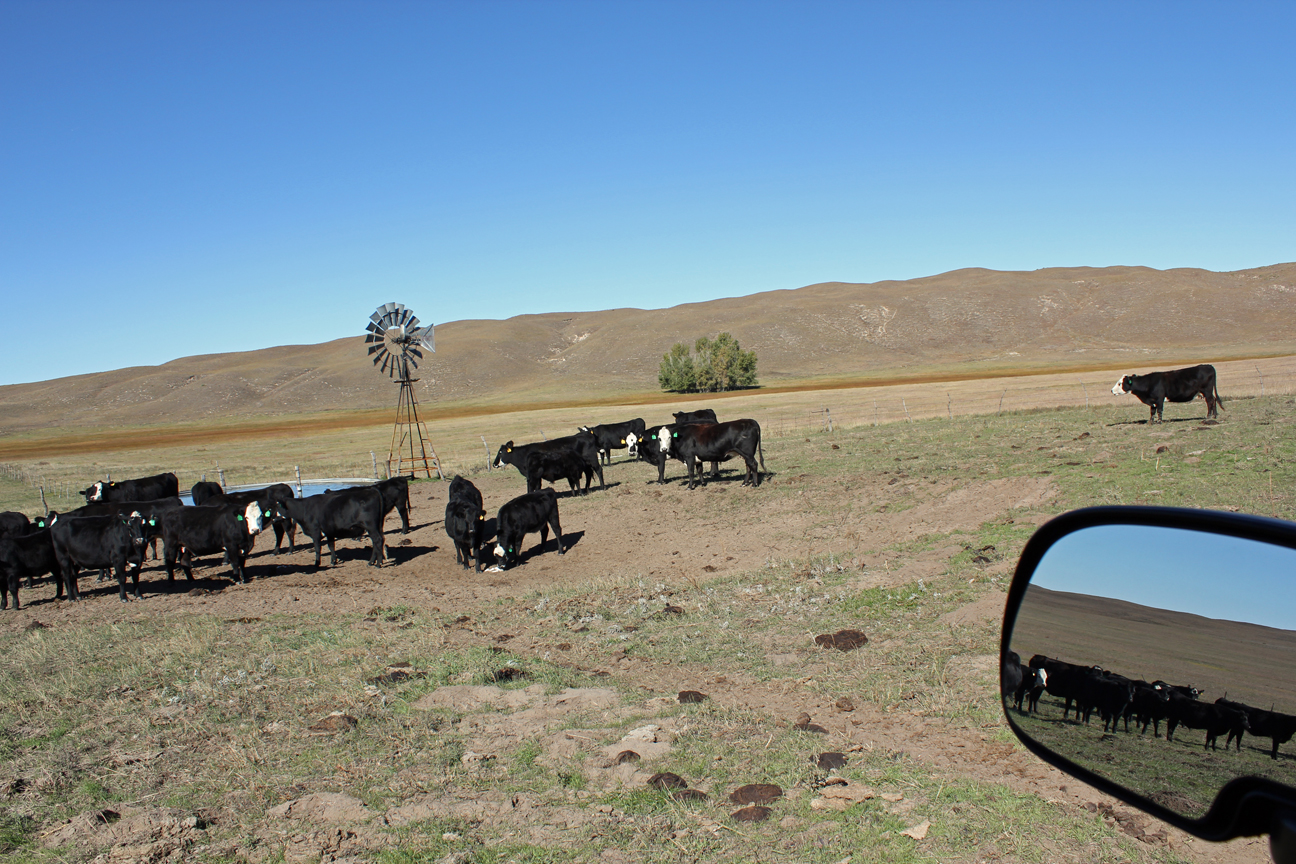Drought Risk Management Planning: PRF Insurance Signup Deadline is December 1

Listen to a discussion of the content in this article on this episode of the BeefWatch podcast. You can subscribe to new episodes in iTunes or paste http://feeds.feedburner.com/unlbeefwatch into your podcast app.
Pasture Rangeland Forage (PRF) insurance coverage is available on a calendar year basis with a signup deadline of December 1. For coverage in calendar year 2023, producers must sign up for PRF by December 1, 2022. At this point, many producers across the state are thinking about the impact of drought. Some may already be implementing PRF, and others may be thinking about adding it as a part of their drought risk management strategy. PRF insurance is administered by the USDA – Risk Management Agency (RMA) and is available for purchase through local crop insurance agents.
PRF insurance is a single peril, index-based insurance. It uses precipitation data from the National Oceanic and Atmospheric Administration Climate Prediction Center (NOAA CPC) to provide insurance based on grids 0.25 degrees longitude by 0.25 degrees latitude or approximately 16 miles by 12 miles in Nebraska. If the precipitation index for the grid falls below the insured coverage level, the producer receives an insurance indemnity payment for the productive value of the difference. PRF insurance provides coverage across two-month intervals dispersed throughout the calendar year as selected by the producer at the time the coverage is put in place.
Insurance premiums and indemnities are based on the level of rainfall insured (70% - 90%) and the dollar value of coverage. A productive value per acre for perennial grazing and haying acres are assigned for each county. Producers can adjust this value up or down through a range from 60% to 150% selected at the time of purchase. The RMA website (http://rma.usda.gov) provides more information and a decision support tool (https://prodwebnlb.rma.usda.gov/apps/prf) to help producers explore different PRF insurance options. Many crop insurance agencies have also developed their own decision support tools to guide producers toward the coverage that best meets their objectives.
Three important points to consider in evaluating the use of PRF insurance:
- PRF insurance must be signed up for by December 1 to lock in coverage for the next calendar year. Drought risk management planning requires a strategic approach and PRF insurance is no exception. It is difficult to predict pasture production beforehand for any given year and once poor conditions materialize many of the best options to mitigate the problem become too expensive or impossible to implement. It may seem elementary but using insurance to manage risk requires a proactive approach and consistent strategy.
- PRF insurance premiums are subsidized from 51% to 59%, depending on the level of rainfall coverage. Precipitation data is based on NOAA weather stations and premiums are based on past data. Therefore, PRF insurance use should pay out positive results to producers over the long haul but may vary considerably from one year to the next. Work with an insurance agent and/or the decision support tool to find the coverage that works best for you.
- Strategies for which specific months to insure vary by producer. Some prefer to focus coverage on a few specific two-month intervals. Producers can put up to 60 percent of the dollar value of coverage in a single two-month interval. Other producers prefer to spread the coverage evenly throughout the year, increasing the chance at least some indemnity is paid. Again, producers are encouraged to work with their insurance agent and/or decision support tools to design the coverage that best meets their objectives.
PRF insurance use continues to grow in Nebraska (Table 1). The last three years it has provided significant financial compensation to producers to alleviate some of the negative impacts of drought. Although indemnities may not fully compensate for drought losses, PRF coverage has provided many producers with much needed cash during times of need.

This material is based upon work supported by USDA/NIFA under Award Number 2018-70027-28586.
Interviews with the authors of BeefWatch newsletter articles become available throughout the month of publication and are accessible at https://go.unl.edu/podcast.
